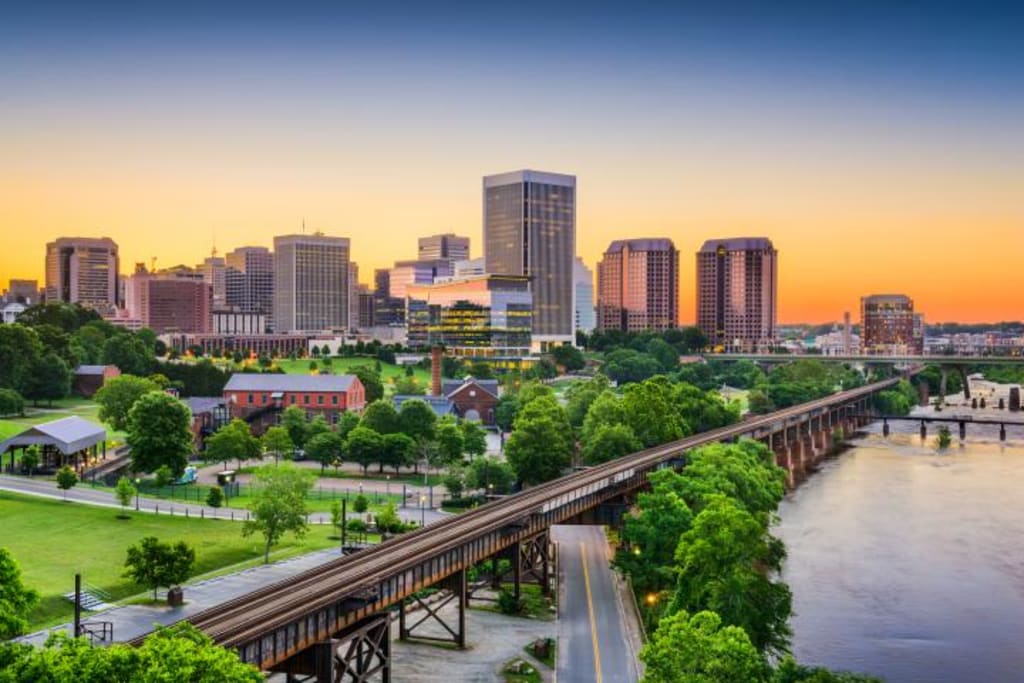URBAN GREEN SPACE REDUCES PROPERTY AND VIOLENT CRIME
Urban green space improves quality of life for residents, but it can also create hot spots for criminal activity. Find out how a new study shows that overall, parks, gardens and fields lower crime risk.

I moved across town to a new house recently, and I’ve been walking around the new neighbourhood getting acquainted with the local sights and sounds. My daily walks have led me to discover several little parks, ponds and other urban green space I never knew existed in my home town.
Growing up, the local kids and I played in a little patch of green alongside what we all called “the crick.” It has a name now, “Mill Creek,” and the town council named our space between the river and the railroad tracks Kay Cee Gardens.
We spent a lot of time there when I was young. I even remember falling off the dam and into the pond behind it, and having to go home to my mom soaking wet from head to toe,
OPENSPACE RESEARCH CENTRE, EDINBURGH COLLEGE OF ART
Dr. Scott Ogletree is a research fellow at the Edinburgh College of Art. He’s part of the OPENspace research centre at the college’s School of Architecture and Landscape Architecture.
Professor Ogletree studies the relationship between nature and human society. He uses spatial and statistical analysis to better understand nature’s effect on humanity.
One of his areas of interest is urban green space. Landscape architects define this as any plant-covered environment located within a city.
ANALYZED DATA FROM 301 CITIES WITH OVER 100,000 RESIDENTS
As part of his research, Professor Ogletree recently led a team that analyzed data from 301 US cities with more than 100,000 residents. They wanted to see if there was any link between urban green space and crime rates.
Two schools of thought exist around how urban green space affects crime rates. Some evidence suggests that they can become hotspots for crime, keeping residents from enjoying them.
Depending on their urban design, some city parks and gardens can do seem to attract crime. On the other hand, there was also substantial evidence that parks and recreational areas reduced urban crime, along with providing other social benefits.
WANTED TO GO BEYOND TRENDS IN INDIVIDUAL CITIES
That’s why the researchers decided to review data from the US Census Bureau, FBI Crime and Law Enforcement statistics, household income disadvantage statistics and other datasets. They wanted to go beyond trends in individual cities and take a broader look on a national scale.
The team used statistical techniques to investigate how urban green spaces relate to crime rates in a sample of roughly 60,000 neighbourhoods. As in many previous studies, the researchers found that the most reliable predictor of high crime rates was social disadvantage.
When it came to urban green space, its presence consistently predicted lower risks of property and violent crime within cities. Out of the 301 cities studied, the risk of property crime only increased in one of them.
URBAN GREEN SPACE CONSISTENTLY PREDICTED LOWER CRIME RISK
In terms of violent crime, the scientists had similar findings. In all but three cities, green fields and trees lowered the risk of violent crime in their neighbourhoods.
“The findings suggest that green space may contribute to lower crime risk in neighbourhoods,” Professor Ogletree explained. “This is in addition to many other benefits linked to greener cities.”
Although the correlation is very strong, it’s less clear exactly how urban green spaces influence crime risk. Other studies have tried to explain how natural areas within cities might reduce crime.
TENDENCY OF NATURAL ENVIRONMENTS TO LOWER HUMAN STRESS
Some of the factors they’ve suggested include the fact that outdoor recreation encourages social interaction, the way people perceive communities with parks, how we use natural spaces to indicate boundaries and the tendency of natural environments to lower human stress.
Increasingly, science is revealing a close connection between nature and humanity. Humans tend to view themselves as separate from, and even superior to, nature. That’s been especially true in modern times as we’ve pursued urbanization and industrialization.
As we learn more, those attitudes are fading away. There’s now a growing awareness that humanity is inextricably part of an interrelated web of nature.
OUR WELL-BEING DEPENDS ON THE THE NATURAL WORLD
Our well-being depends on the well-being of the natural world and vice versa. This applies to urban green spaces as much as it does to wilderness areas.
In fact, it may well be that urban residents need more access to nature than others. That being the case, we need our urban planners to ensure that our cities include plenty of parkland.
The study calls for more research in this area. They’d like to analyze other, similar datasets including those for smaller cities.
STUDY CALLS FOR MORE RESEARCH IN THIS AREA
Another area for study is how trends in urban green space development correlate with crime rate changes over time. Examining how different kinds of plant-covered areas correspond to crime rates would also be helpful.
Professor Ogletree wrapped things up with this comment. “Green space may help reduce precursors of crime, like aggression and stress through restoration, and these findings point to the value of considering the design and location of green space to improve quality of life for residents.”
We always have more to learn if we need to know.
Learn more:
Green spaces in cities linked to crime risk, a study shows
Urban greenspace linked to lower crime risk across 301 major U.S. cities
Nature Walks Benefit Both Mind and Body
About the Creator
David Morton Rintoul
I'm a freelance writer and commercial blogger, offering stories for those who find meaning in stories about our Universe, Nature and Humanity. We always have more to learn if we Dare to Know.
Enjoyed the story? Support the Creator.
Subscribe for free to receive all their stories in your feed. You could also pledge your support or give them a one-off tip, letting them know you appreciate their work.






Comments
There are no comments for this story
Be the first to respond and start the conversation.